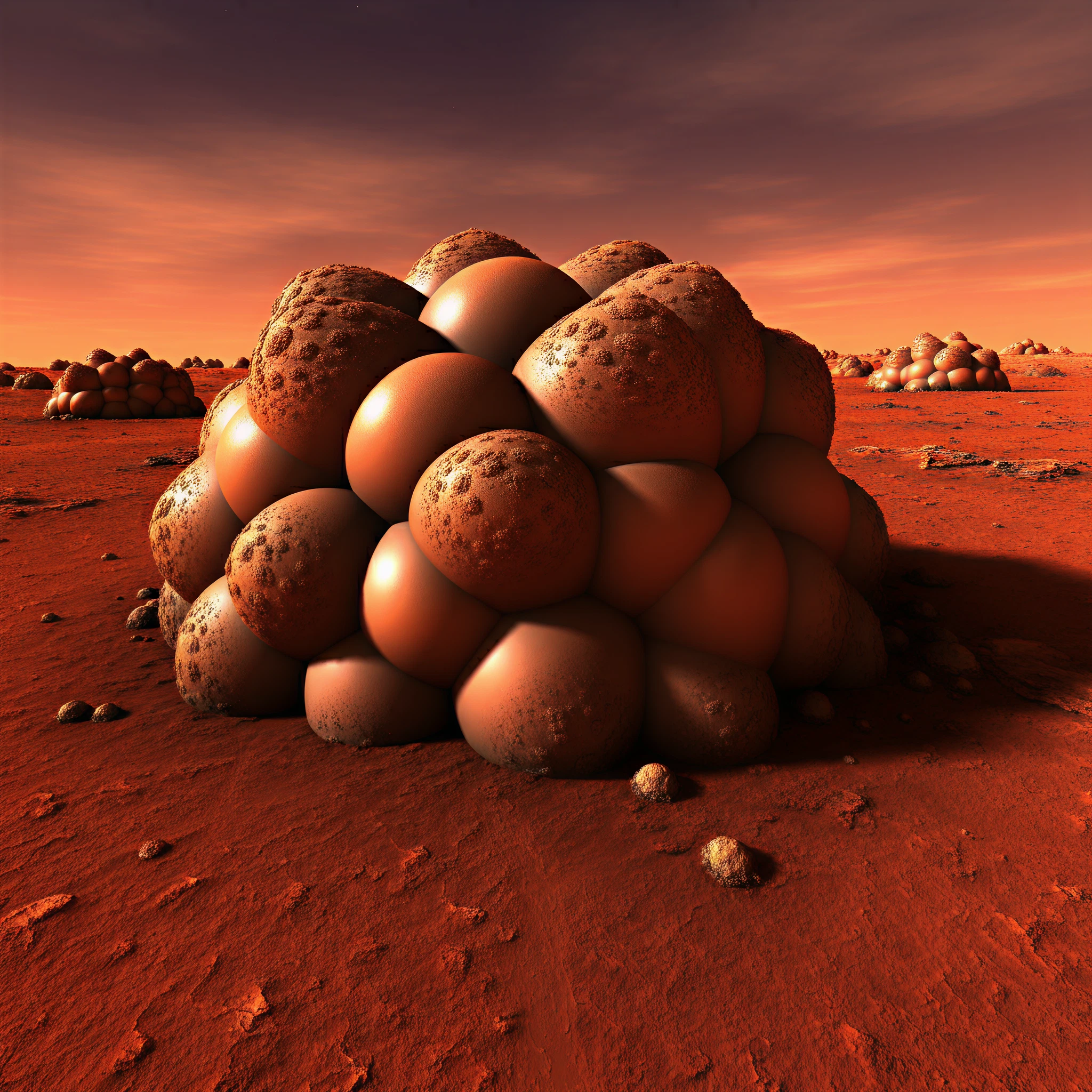NASA’s Perseverance rover recently captured an extraordinary image on the slopes of Jezero Crater, showcasing Martian rocks that bear a striking resemblance to a nest of spider eggs. While these spherical formations may ignite the imagination, their geologic origins are likely rooted in Mars’ complex geochemical processes. This discovery has ignited the curiosity of scientists and space enthusiasts alike, prompting investigations into the mystery behind these peculiar formations.
What Are These “Spider Egg” Martian Rocks?
Dubbed “St. Pauls Bay,” the rock in question stands out for its clustered spherules, each less than three millimeters in diameter. This strange surface texture resembles terrestrial spider egg sacs, sparking both excitement and skepticism.
Geologists use the term “float rock” to describe stones that have been displaced from their original formation site through natural processes, such as erosion or meteor impacts. This Martian float rock provides valuable clues about the planet’s past environmental conditions and geological activity.
Possible Explanations Behind the Spherules
Meteor Impacts
One hypothesis suggests that these spherules formed during a meteorite collision that hurled molten fragments into the atmosphere. Once cooled, these fragments solidified into spherical shapes. If true, the “St. Pauls Bay” rock may have traveled a substantial distance, offering insights into how impacts distribute materials across Mars.
Water-Related Activity
Another plausible theory involves the action of groundwater, which may have flowed through layers of Martian rock. Over time, mineral-rich water could have facilitated the formation of concretions, resulting in the spherules. Erosion may have subsequently uncovered these formations, pointing to the past presence of liquid water in Jezero Crater.
Volcanic Origins
A third possibility is that these spherules originated as cooling volcanic droplets. If this is the case, their chemical composition could reveal connections to dormant or ancient volcanic activity on Mars.
Why This Matters for Martian Exploration
The study of these spherules is more than an exercise in scientific curiosity. Unraveling their formation could deepen our understanding of the processes that have shaped Mars’ surface, including meteor impacts, volcanic activity, and water flow. Each of these phenomena holds significance for determining whether Mars once had conditions favorable to sustaining life.
Using advanced tools aboard Perseverance, researchers aim to analyze the elemental composition of these spherules. If water-altered minerals dominate, it would further support theories of past groundwater activity. Conversely, a volcanic or impact-related origin would shed light on Mars’ tumultuous geological history.
What Comes Next?
The Perseverance mission team plans to search for matching geological layers in the area around Witch Hazel Hill to determine if the “St. Pauls Bay” rock rolled downhill or was carried from a distant location. This geologic mapping effort could establish new links between Mars’ surface features and its subsurface processes.
While the resemblance to spider eggs may captivate our imagination, the true story of these mysterious spherules lies in the science waiting to be uncovered. For now, they serve as a reminder of just how much we still have to learn about the Red Planet.
Contribute to Mars Exploration
Every discovery on Mars provides another piece of the puzzle in understanding its fascinating history. Follow the Perseverance rover’s ongoing mission and join the conversation about Martian exploration.
Want to explore more about similar intriguing space phenomena? Subscribe to our newsletter for regular updates on the latest discoveries and scientific advancements!








